The First Digitally Processed Live-Action in a Feature Film
Westworld (1973) is best remembered for its premise: a futuristic theme park where humanoid robots cater to human fantasies until something goes wrong.
But behind the scenes, the film quietly made history. It became the second feature film ever to use digital computer animation, and the first to digitally process live-action photography using 2D raster graphics.
The breakthrough came in portraying the world through the eyes of Yul Brynner’s Gunslinger android. For just under 2.5 minutes of screen time, director Michael Crichton wanted a view that felt… artificial. Not human. Something machine-born.
What audiences saw was a pixelated, blocky distortion of realit, the earliest visual simulation of a computer’s perspective.
What they didn’t see was the labor behind it.
Crichton initially approached NASA’s Jet Propulsion Laboratory. He was quoted a timeline of nine months and a price tag of $200,000 to generate two minutes of animation. So he turned elsewhere.
He reached out to John Whitney Sr., pioneer of experimental computer animation (Catalog, 1961), who directed him to his son, John Whitney Jr., and digital artist Gary Demos. Together, they achieved something no one else had done.
Working out of Information International Inc., they used a process that involved scanning Technicolor three-strip film, separating it into color channels, converting tone values into rectangular blocks, and digitally reassembling the imagery.
Each 10-second sequence required eight hours of computation.
The result wasn’t generated imagery, it was altered imagery. Live-action, digitized.
Cinema had never looked like this before.
And while the effect ran for only moments, it marked a shift: the computer was no longer just creating animation from scratch—it was beginning to transform film itself.
Years later, Crichton would write Jurassic Park, returning again to the theme of technology and control spiraling beyond human reach.
But it started here. With a gunslinger’s gaze. With an image made unfamiliar.
Not a simulation.
Not a dream.
A machine.
Learning to see.


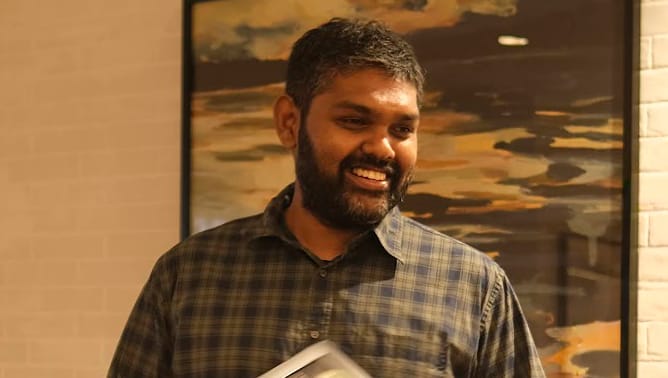

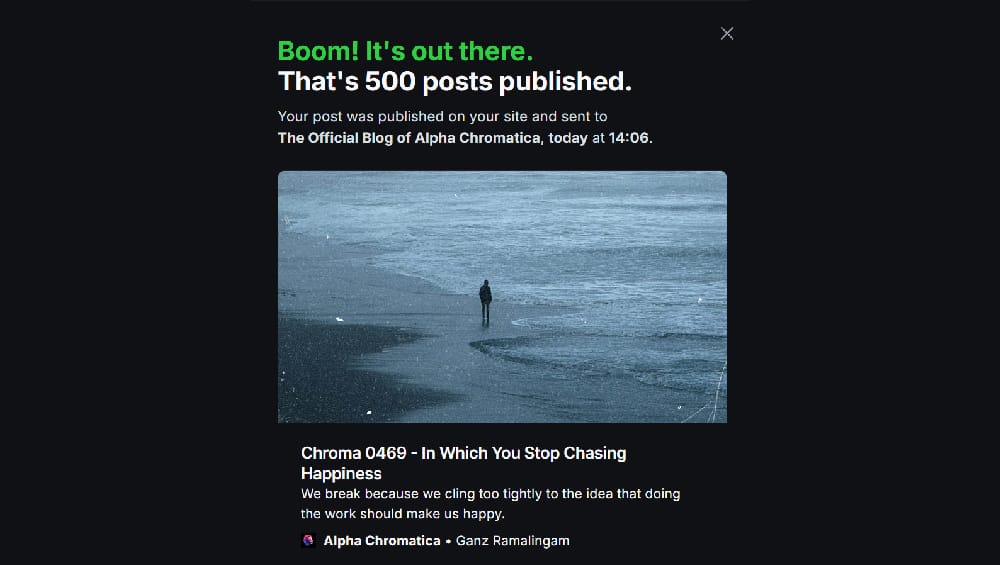

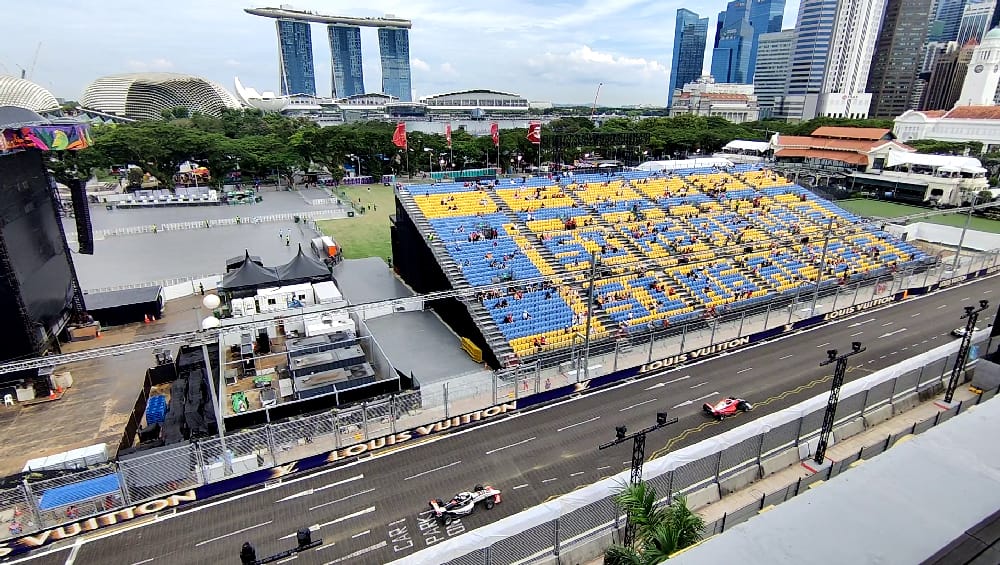


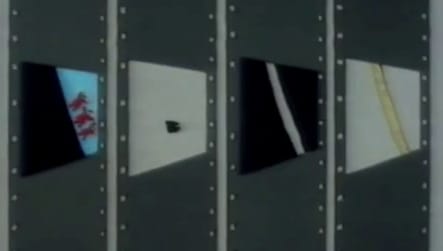
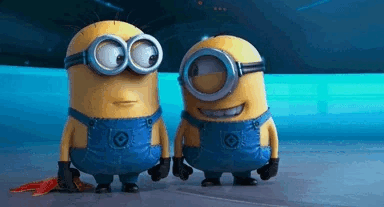
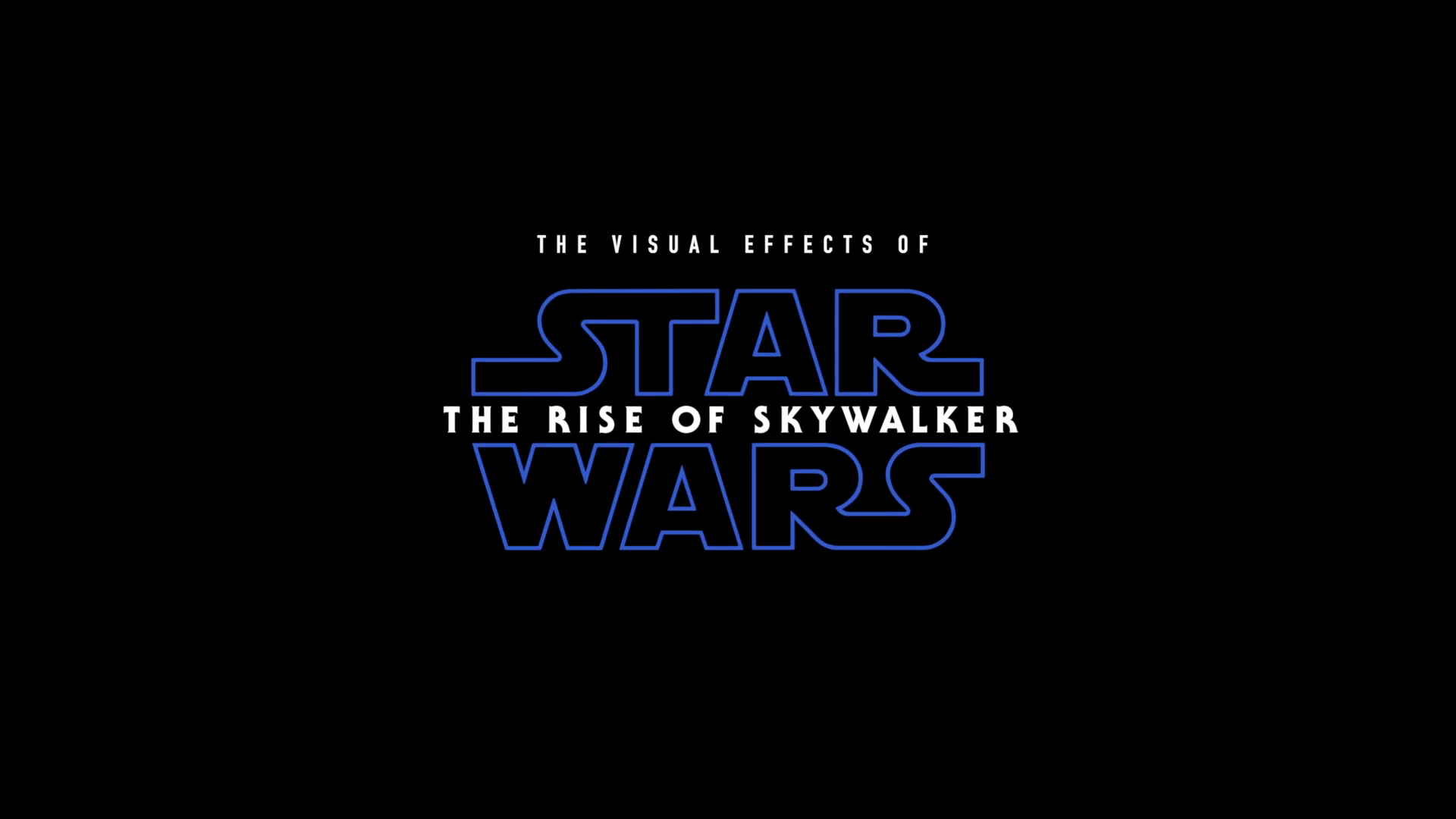
Discussion